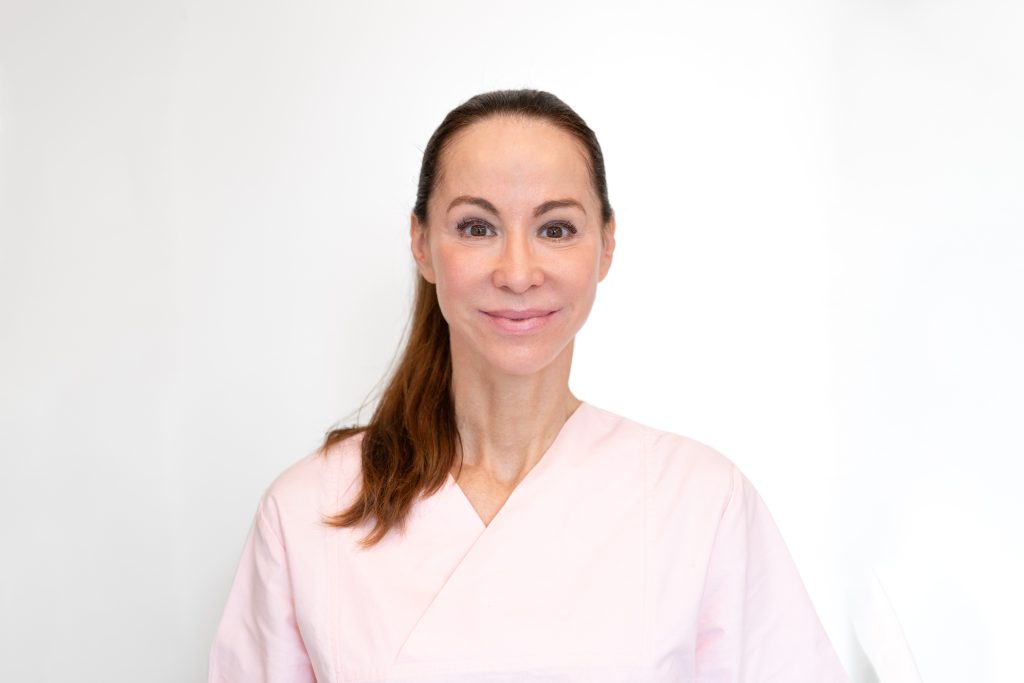Circular hair loss - Alopecia Areata
When the immune system attacks the hair: How to recognize and treat alopecia areata

Circular hair loss (alopecia areata) affects millions of people worldwide and is often not only a physical challenge but also an emotional burden for those affected. This form of hair loss leads to significant hair loss and is characterized by sudden, round, bald patches on the scalp, which in some cases can also affect other parts of the body.
In this article, you will learn everything you need to know about circular hair loss – from the causes and symptoms to the various treatments. We also show you how you can deal with this condition and what approaches there are to strengthen your hair and stop circular hair loss.
What is circular hair loss?
Circular hair loss, also known as alopecia areata, is an autoimmune disorder in which the immune system mistakenly attacks the hair follicles and blocks the hair roots from growing. This results in round, bald patches that are typically smooth and free of inflammation. Although the causes of alopecia areata are not yet fully understood, it is thought that a combination of genetic, autoimmune and environmental factors play a role. In severe cases, circular hair loss can spread further and affect the entire head (alopecia totalis) or theentire body (alopecia universalis), which can also lead to hair loss on other parts of the body. Find out more about hair loss and the causes of this condition here.
Causes of circular hair loss
The exact causes of alopecia are still not clearly understood. However, doctors assume that a Autoimmune reaction in which the body recognizes its own hair follicles as foreign and attacks them, leading to hair loss. Both genetic predispositions and environmental factors can be relevant. A hereditary risk increases the likelihood of developing alopecia areata, whereby for example 20 % of those affected have a family history have a family history.
Also psychological stress, hormonal changes or viral infections are discussed as possible causes of circular hair loss. In some cases hormonal fluctuationssuch as those that occur during pregnancy or the menopause, can increase hair loss or lead to the first occurrence of alopecia areata.
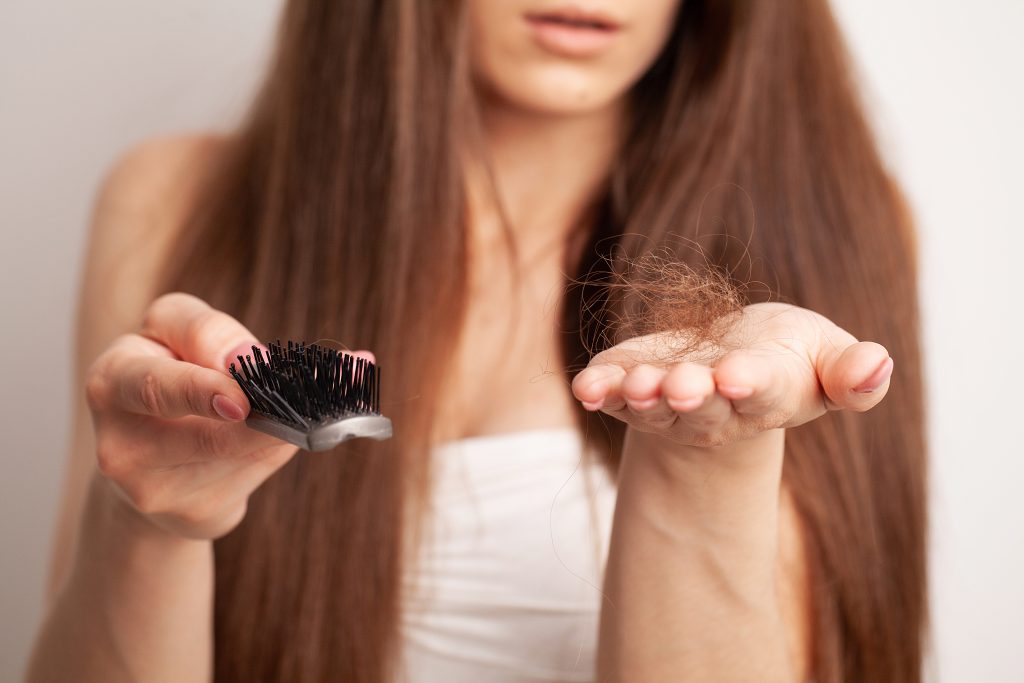
Who is affected by circular hair loss?
Circular hair loss can occur at any age, but alopecia areata is most common in childhood or adolescence. Studies show that around 50% of affected individuals develop their first symptoms under the age of 20 and notice a difference in their hair. It affects both men and women, although in many cases women suffer more from the aesthetic effects and want to do something about their bald patches.
People with a family history of alopecia are ata or those who already suffer from other autoimmune diseases, such as thyroid disorders, are particularly at risk. Psychological stress also plays a significant role and can have a negative impact on the progression of circular hair loss.
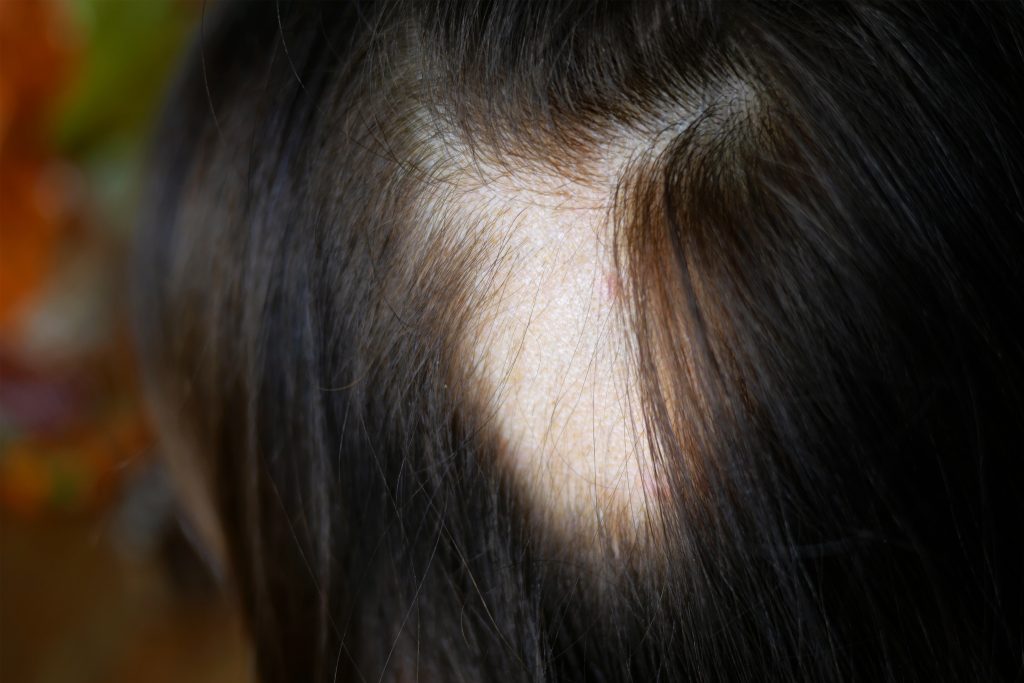
Symptoms of Alopecia Areata
Circular hair loss is mainly characterized by sudden bald patches on the scalp, which are usually round or oval. These areas are smooth and often shimmer lighter than the surrounding skin. In most cases, hair loss occurs in phases and can vary in severity. While some people’s hair grows back after a certain period of time, others suffer recurring episodes. In more severe cases, the circular hair loss spreads to the entire head (alopecia totalis) or affects the entire body, including eyebrows, eyelashes and beard hair (alopecia universalis), so that the hair in these areas can also fall out.
Circular hair loss - diagnosis
Alopecia Areata is diagnosed by a dermatologist, who first examines the characteristic bald patches on the scalp. A blood test is often necessary to rule out other diseases that could also be the cause of hair loss. A skin biopsy can also help to confirm the diagnosis and determine the circular hair loss. It is important to make an early diagnosis in order to control hair loss and possibly promote hair and hair roots.
Treatment options for alopecia areata
Circular hair loss can be treated well and depends on the severity of the condition and the individual’s course. There are various approaches aimed at regulating the immune system and stopping hair loss. The treatment options are aimed at understanding the causes of hair loss and taking appropriate measures.
1. topical treatments
Creams or ointments containing cortisone are a common treatment method to combat hair loss. They are applied directly to the bald patches and have an anti-inflammatory effect. The aim is to suppress the immune system locally and thus stimulate hair growth.
2. immunotherapies
Another option for circular hair loss is so-called contact immunotherapy, in which substances are applied to the affected areas to trigger a controlled allergic reaction. This is intended to stimulate the immune system to act less aggressively against the hair and thus promote hair growth.
3. autologous blood therapy (PRP)
In autologous blood therapy, the patient’s blood is taken and processed in a centrifuge to obtain platelet-rich plasma. This plasma is then injected into the scalp to promote hair regeneration and stimulate hair growth. This method shows promising results in the treatment of circular hair loss.
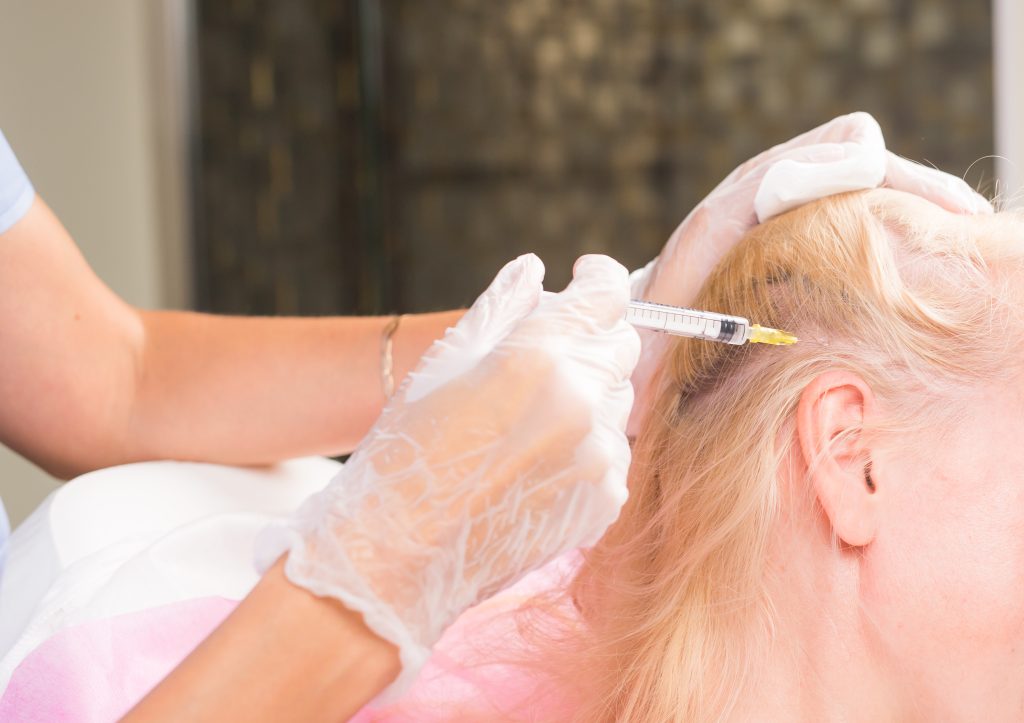
4. light therapy
Irradiating the scalp with UV light is another therapeutic option. It can help to modulate the immune system to slow down circular hair loss and thus treat bald patches.
5 Systemic medical treatment
Systemic medication can be used for persistent or extensive hair loss. For example, corticosteroids or other immunosuppressants are used to combat hair loss.
Duration until results are achieved in the treatment of circular hair loss
The time it takes for the first results of circular hair loss treatment to become visible varies from person to person. Many factors influence the success of the treatment, such as the severity of the condition, the type of therapy chosen and the body’s individual reaction.
1. short-term results
In some patients, an initial improvement in hair growth can be seen after just a few weeks of treatment. Particularly when using topical cortisone preparations or autologous blood therapy (PRP), it is possible for patients to observe a stabilization of hair growth after around 4 to 6 weeks. However, this is not the case for all patients and many need to be patient to notice the first signs of new hair growth and stronger hair.
2. medium to long-term results
In most cases, especially with systemic treatments or immunotherapies, it takes 3 to 6 months or longer for significant progress to become visible. In more severe cases, hair growth can even take up to a year. The more advanced the hair loss, the longer it may take for the desired results to appear and for new hair to grow.
3. Recurrent circular hair lossL
Another important element in the treatment of alopecia areata is that the disease often progresses in phases. Even if the hair grows back, it can fall out again in some cases, which requires ongoing treatment and regular medical check-ups. It is therefore important to adjust the treatment if necessary to ensure progress and prevent the hair from falling out again.
Supplementary care for alopecia areata
Proper care of the scalp can delay the progression of circular hair loss and support the hair during treatment. Here are some tips:
- Gentle hair care: Use mild shampoos without aggressive chemicals to avoid further irritating the scalp.
- Scalp massages: Massage your scalp regularly to promote blood circulation and stimulate hair growth.
- Healthy diet: Make sure you eat a balanced diet with sufficient vitamins such as biotin, zinc and iron, which have a positive effect on hair loss.
- Stress management: Techniques such as yoga, meditation or regular exercise can help to reduce stress, which in turn can positively influence circular hair loss and stimulate the growth of new hair.
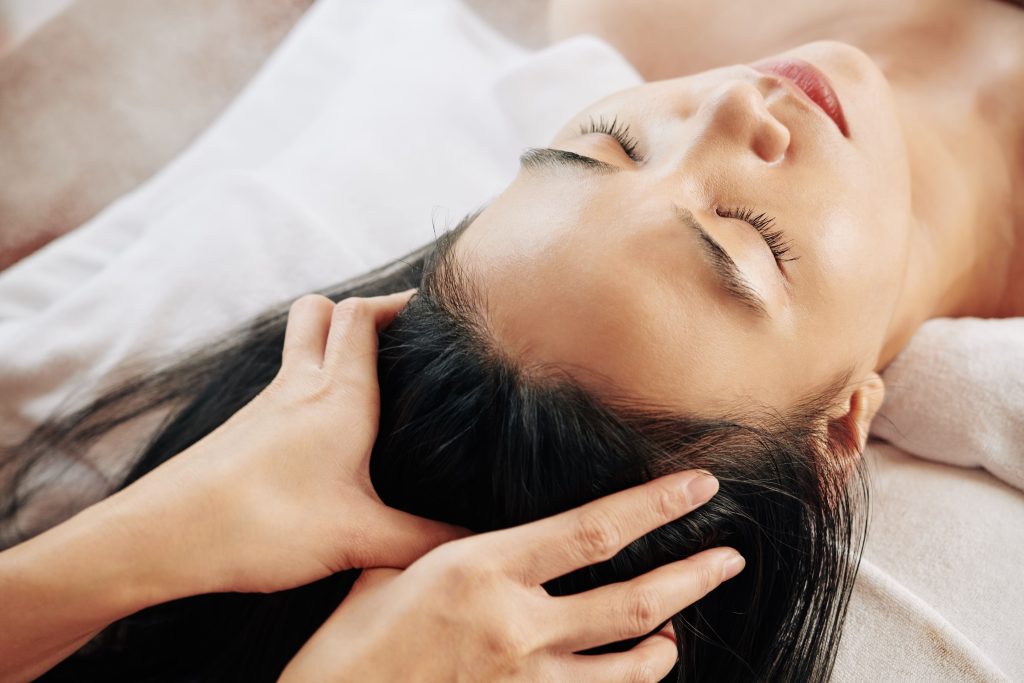
Psychological effects of alopecia areata
In addition to the physical effects, circular hair loss often has profound psychological consequences. Many sufferers are affected by the aesthetic changes and feel less self-confident as a result. It is important to take care of your mental health and, if necessary, seek psychological support to deal with the emotional challenges. Group therapy or self-help groups can also provide valuable support in dealing with the issue of hair loss.
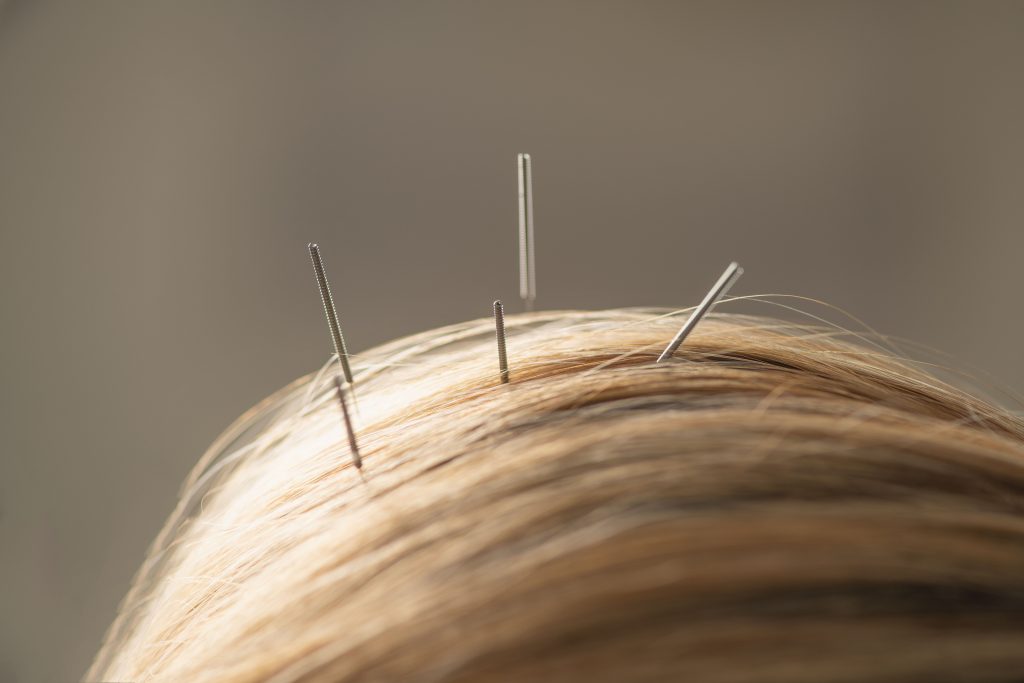
Alternative therapies and natural remedies
In addition to medical treatments, there are also numerous alternative therapies that are used by sufferers to alleviate hair loss:
- Acupuncture: This traditional Chinese healing method is used to restore balance in the body and stimulate hair.
- Herbal extracts: Certain herbs such as rosemary or nettle are considered beneficial for hair loss and can support the hair.
- Homeopathy: Some homeopathic remedies are used to support the immune system and alleviate the symptoms of circular hair loss.
- Food supplements: Supplements containing biotin, vitamin D or iron can help to strengthen the hair and slow down circular hair loss.
Your specialist for the treatment of circular hair loss in Vienna
